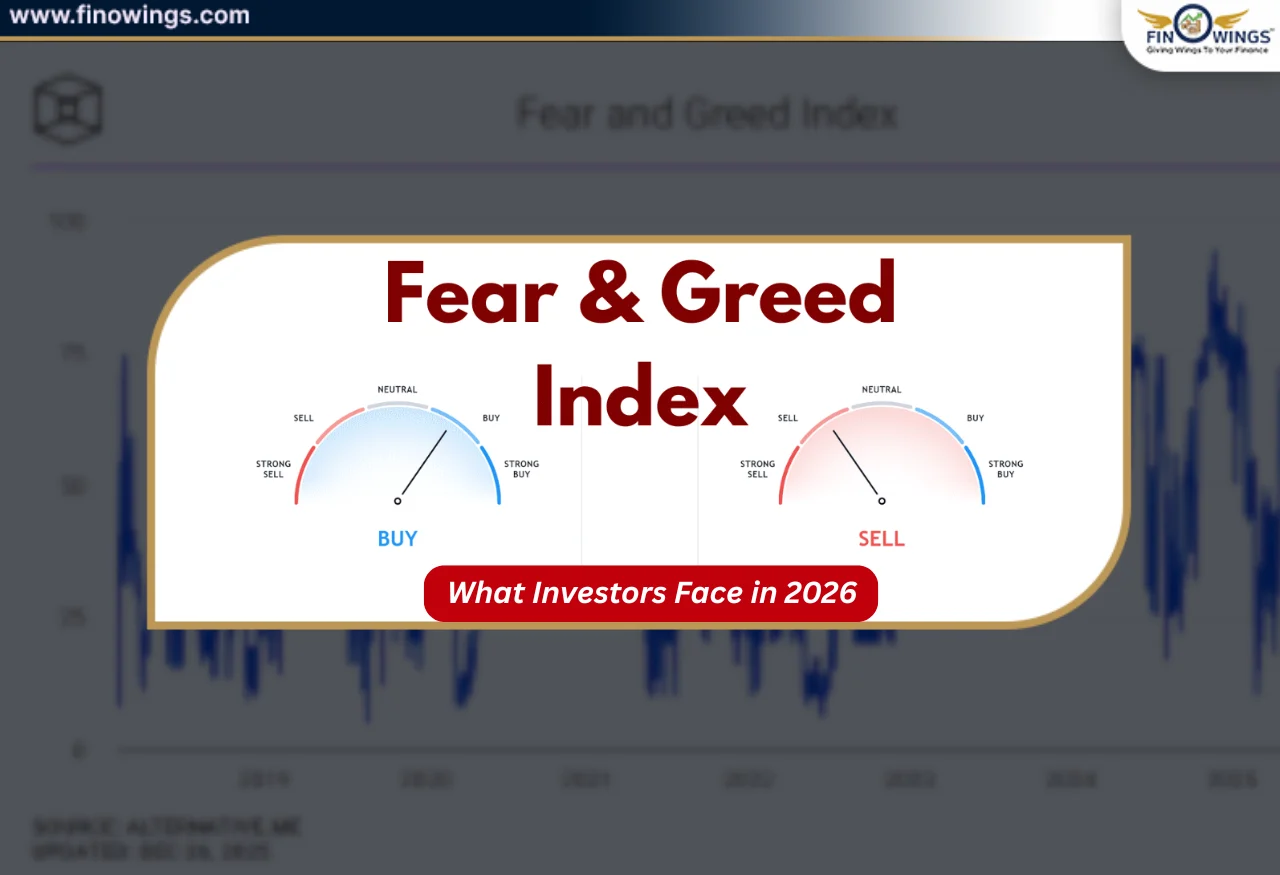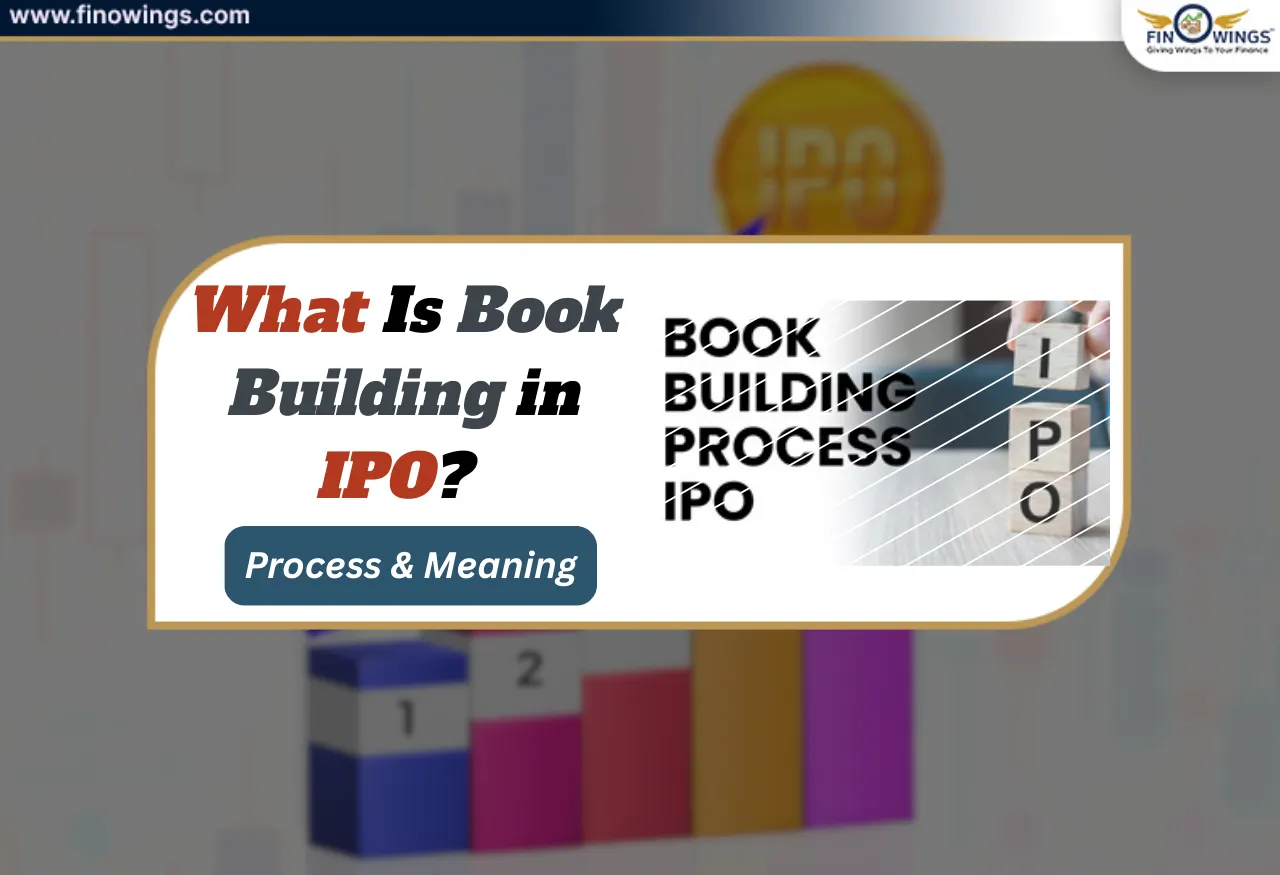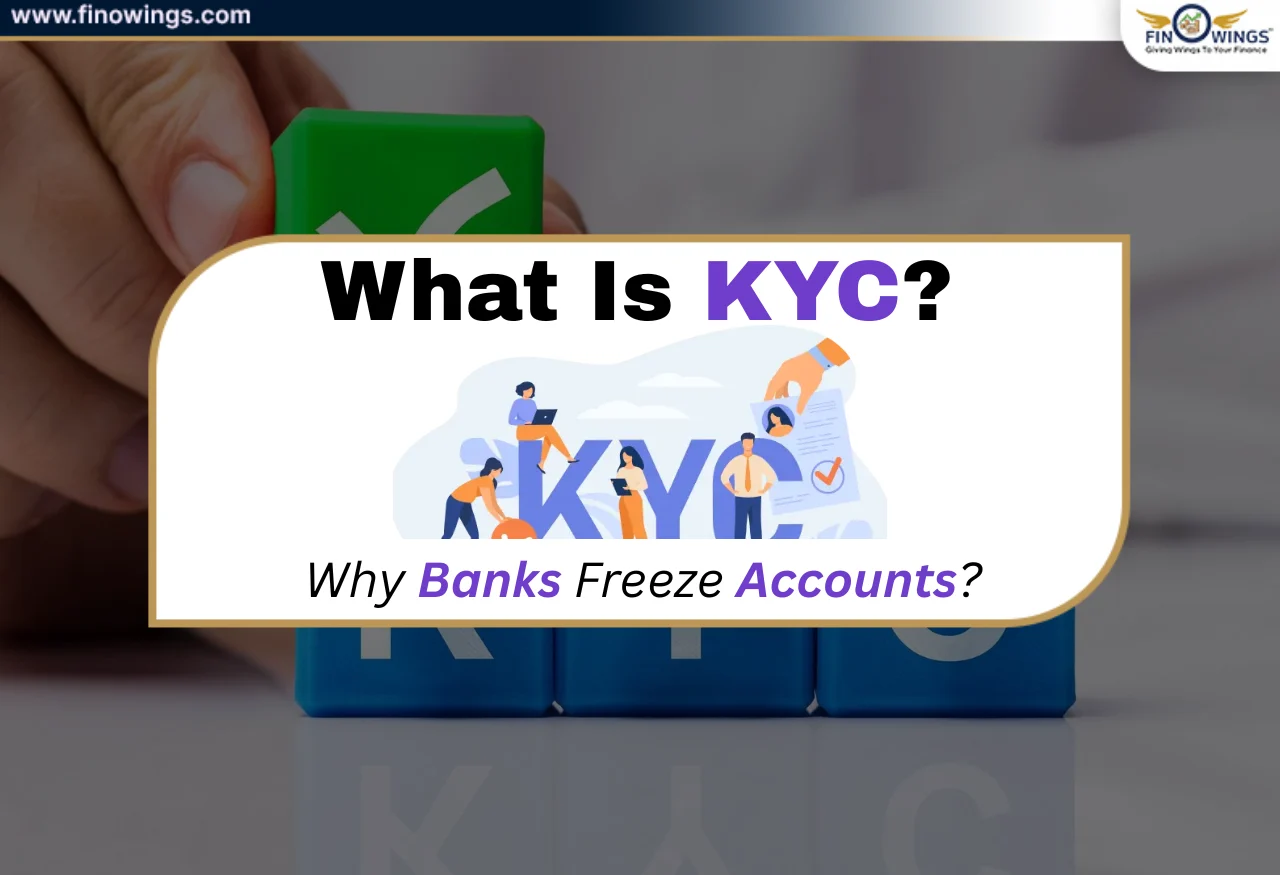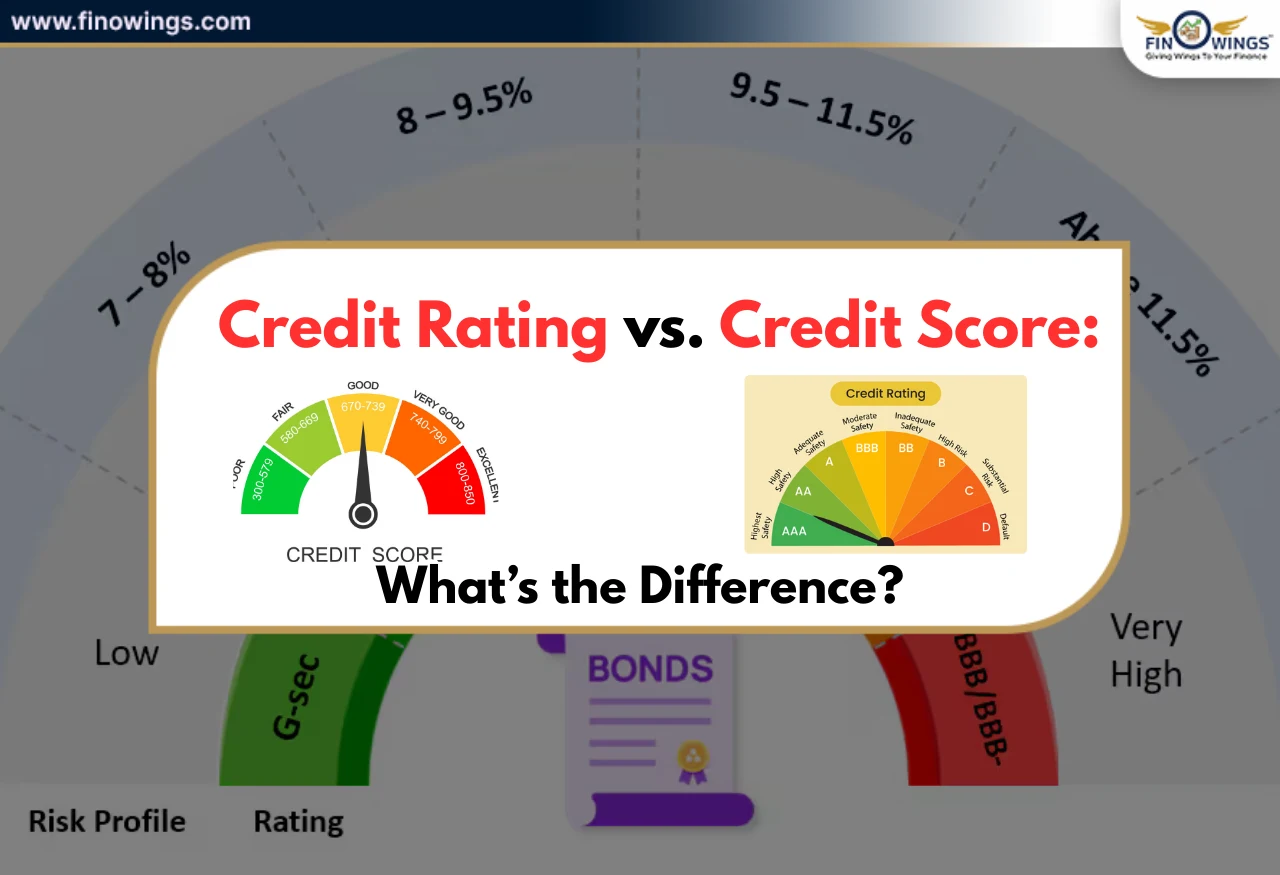Home >> Blog >> Terminal Value Formula - What Is Terminal Value and How to Calculate Terminal Value?
Terminal Value Formula - What Is Terminal Value and How to Calculate Terminal Value?
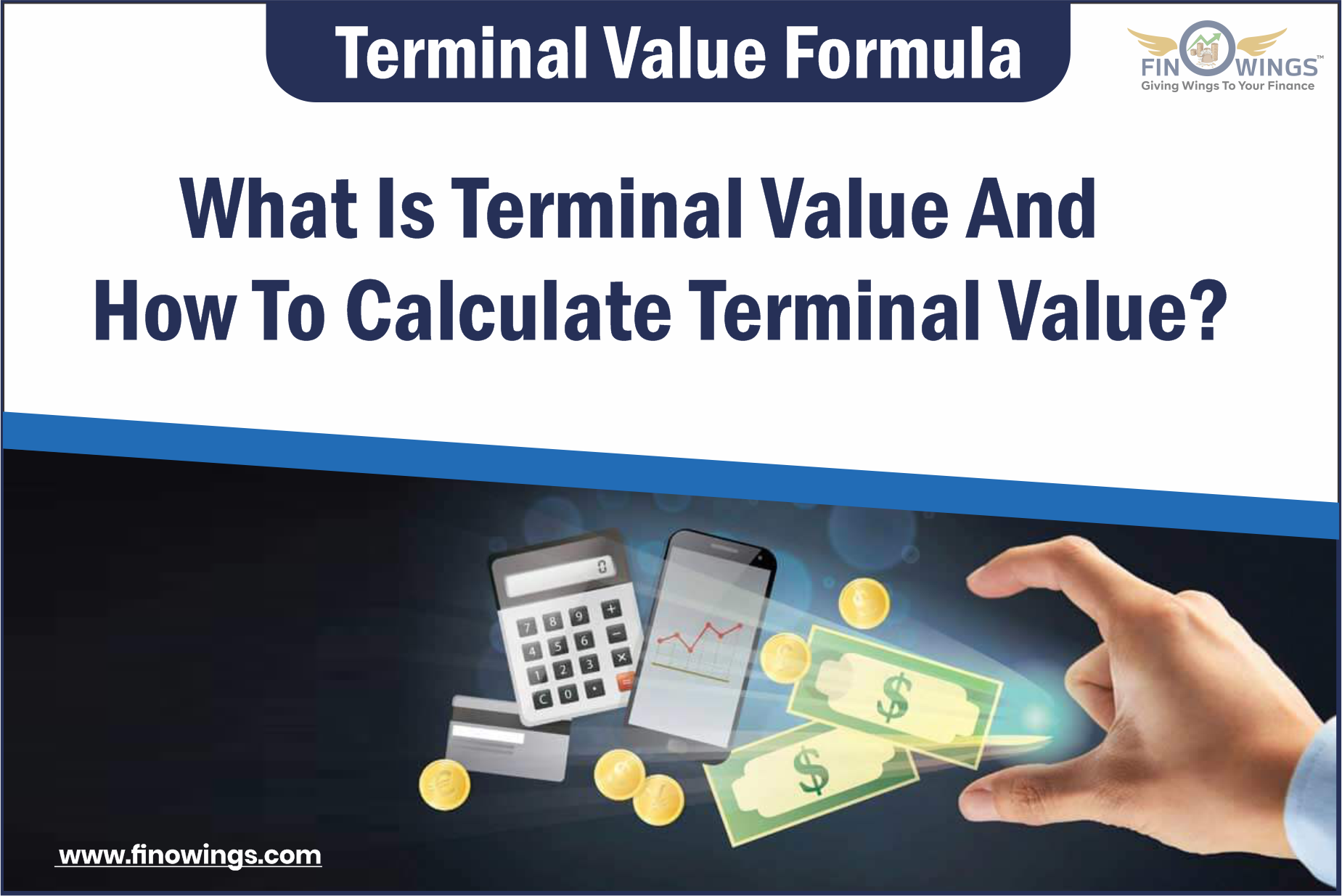
Table of Contents
- 1. What Is Terminal Value?
- 2. Understanding Terminal Value
- 3. How does Terminal Value Work?
- 4. What Function Does the Terminal Value Serve?
- 5. Terminal Value: Exit Multiple Technique
- 6. Terminal Value: Perpetuity Growth Model
- 7. Cons of employing a terminal value equation
- 8. What are the Limitations of employing the Terminal Value?
- Conclusion
1. What Is Terminal Value?
The anticipated current worth of a company after the explicit projection period is known as Terminal Value (TV). TV is a component of many financial instruments, including the discounted cash flow theory, residual income calculation, and the Gordon Growth Model. But discounted cash flow assessments are where it's most frequently applied.
2. Understanding Terminal Value
-
A crucial condition of the Discounted Cash Flow is terminal value.
-
It is difficult to predict how the firm's financial records will change over a longer time frame.
-
The amount of financial report prediction trust declines exponentially over time, years away from now.
-
Additionally, systemic changes in macroeconomic circumstances that impact the nation and company may occur.
-
To determine the company's worth beyond the projected time frame (referred to as "Terminal Value '') using Financial Planning, we simplify the process and make some averaging assumptions.
3. How does Terminal Value Work?
For certain experts who perform for investment organizations and when valuing businesses in mergers and acquisitions (M&A), a terminal value is crucial in corporate finance. Since only some investing approaches demand that you comprehend the theory, certain individual investors may include terminal value in their research, but not all.
This data is of limited utility for a passive index investor, for instance, who doesn't depend on individual investment valuations. Investors in mutual funds are not required to consider terminal value as experts, and fund managers will handle it for you regardless of whether the fund's approach uses it.
4. What Function Does the Terminal Value Serve?
-
In financial analysis, the worth of all upcoming cash flows beyond a specific forecast timeline is referred to as the terminal value. It includes values that would be challenging to foresee using a conventional financial model's projection period. The kind of study to be performed will determine which of 2 procedures is employed to compute the terminal value.
-
The exit multiple technique, according to recently observed comparative trading multiples for firms that are similar to the one being sold, the exit multiple technique posits that the company will be sold for a multiple of some metric (such as EBITDA).
-
The perpetuity growth model according to the perpetuity development model, cash flow values will continue to increase at the same rate indefinitely. This presumption allows for the implementation of the infinity with the development equation.
-
Academics favour the perpetuity development concept because it is based on a mathematical concept. Nevertheless, it is challenging to get a consensus on the presumptions that will accurately forecast a continual growth rate.
5. Terminal Value: Exit Multiple Technique
Depending on the strategy the researcher chooses to employ (which was previously explained), the terminal value is determined. TV is determined using the exit multiple approaches as follows:
Terminal Value (TV) = Last Twelve Months Exit Multiplex Projected Statistic
Enterprise value/EBITDA or enterprise value/EBIT, the typical multiples employed in financial valuation, can represent the exit multiple. Conversely, the predicted statistic is the pertinent projection from the prior year.
6. Terminal Value: Perpetuity Growth Model
In contrast, the terminal value is determined using the perpetuity growth model in the manner shown below:
Terminal Value (TV) = (FCF x (1 + g)) / (WACC – g)
Where:
-
FCF for the most recent twelve months = free cash flow
-
WACC stands for Weighted Average Capital Cost.
-
G is the constant growth rate (or sustainable growth rate)
The perpetual growth rate is typically equal to the inflation rate and rarely higher than the pace of economic expansion. However, a multiple-stage terminal value can be found in its place if the growth rate shifts.
7. Cons of employing a terminal value equation
-
Both of the algorithms mentioned above for terminal values have a few drawbacks. First, it's crucial to remember that terminal multiples are variable and change over time while using multiple terminal techniques. It is challenging to estimate the development rate under the perpetuity growth model. However, using any supposed values in the equation could result in errors in your computation of the terminal value.
-
Naturally, these restrictions do not imply that terminal value is an invalid metric. They do, meanwhile, suggest that to produce an appropriate outcome, you must employ a variety of multiples and reasonable rates.
8. What are the Limitations of employing the Terminal Value?
As was already established, the perpetuity growth model is constrained by the challenge of forecasting an exact growth rate. Moreover, the equation's assumptions can introduce errors that affect the estimated terminal value. On the other hand, the variable character of multiples limits the exit of multiple techniques because they alter with time.
All in all, before using one of the two ways, meticulous planning should be done. But to achieve an appropriate valuation outcome for both techniques, it's crucial to use a variety of applicable rates and multiples.
Conclusion
Terminal value is the current worth of your company's future cash flows, supposing a constant rate of development throughout all of the time. Many different financial measures use it, but discounted cash flow is the one that uses it the most prominently (DCF). Therefore, a terminal value is essential for anyone performing a DCF computation.
The deeper into the future you try to predict, the harder it is to predict value. However, this is essential, particularly for a subject as erratic as cash flow. Therefore, financial methods, including discounted cash flow, are utilized to determine the entire worth of a project or company since it is crucial to value enterprises and assets as accurately as feasible.
Being one of the two main elements of discounted cash flow, a terminal value is likely to be a critical factor in any prediction efforts performed by your company.
Author
Frequently Asked Questions
What is the equation for the DCF Terminal Value? The predicted value of a company after the exact projection time is known as the terminal value. Given that it often accounts for a significant portion of a company's overall value, it is an essential component of the financial model.
Most businesses do not anticipate ceasing to exist after a few years. Instead, they anticipate that the company will last forever (or at least a long time). The goal of the terminal value is to discount current pricing to account for a firm's potential price.
Terminal value is the current worth of your company's future cash flows, presuming a constant rate of expansion throughout all of the time. Many financial measures are computed using terminal value, but discounted cash flow is its most prominent application (DCF).
There are various equations for terminal values. Most terminal value algorithms forecast future cash flows to give the current value of an upcoming asset, similar to discounted cash flow (DCF) research. To calculate the asset's earning potential using a reasonable discount rate and account for the expected worth of outstanding debt, use the liquidation value concept (also known as the exit method).
The steady (perpetuity) growth model rejects the notion that the business will be shut down after its terminal year. However, it assumes that cash flows are reinvested, and the company can continue to develop at a consistent rate indefinitely. The multiples method includes an approximation of a firm's past year's revenue generated from a discounted cash flow model. Then, it multiplies those numbers to arrive at the terminal value without additional discounting.

